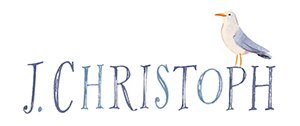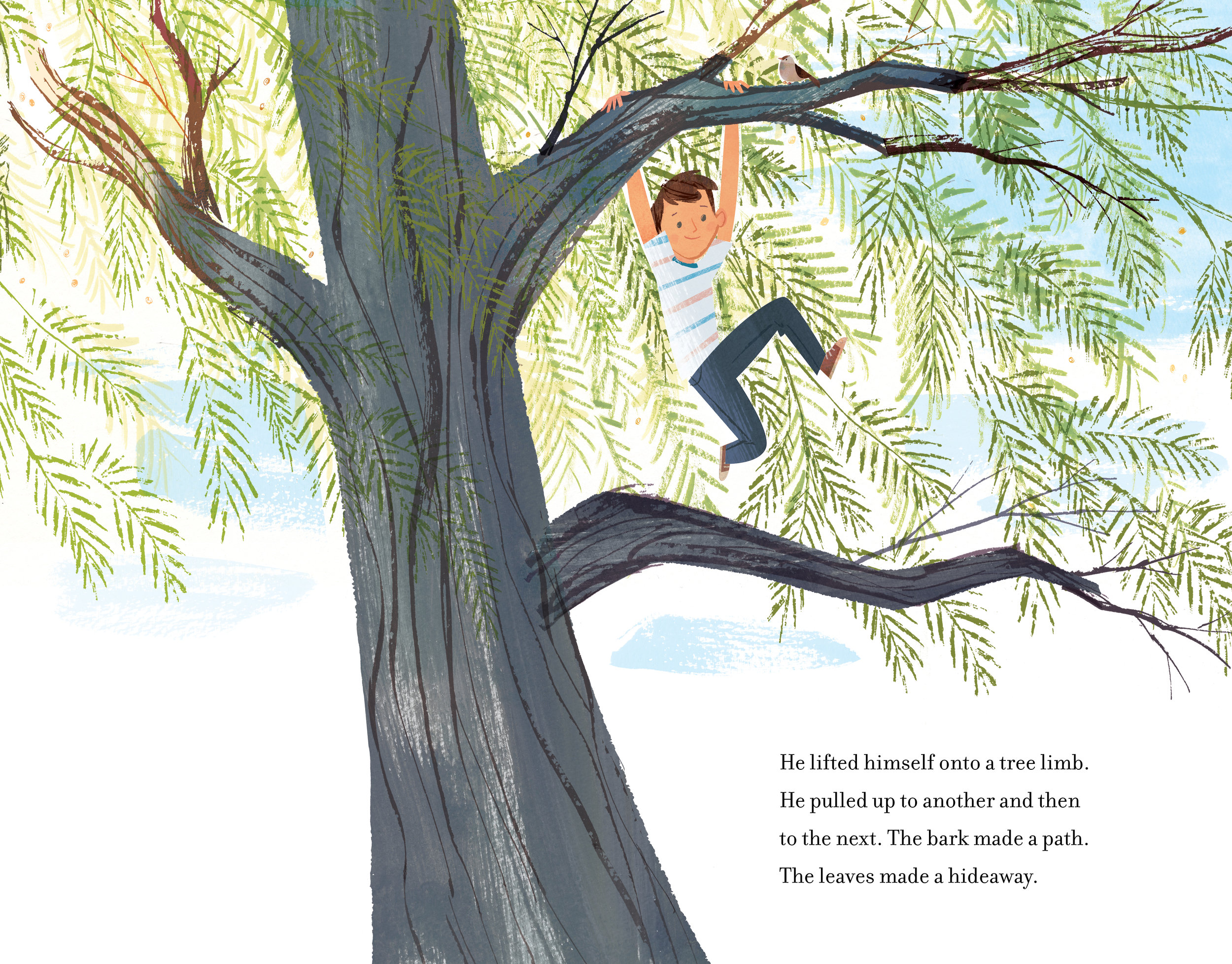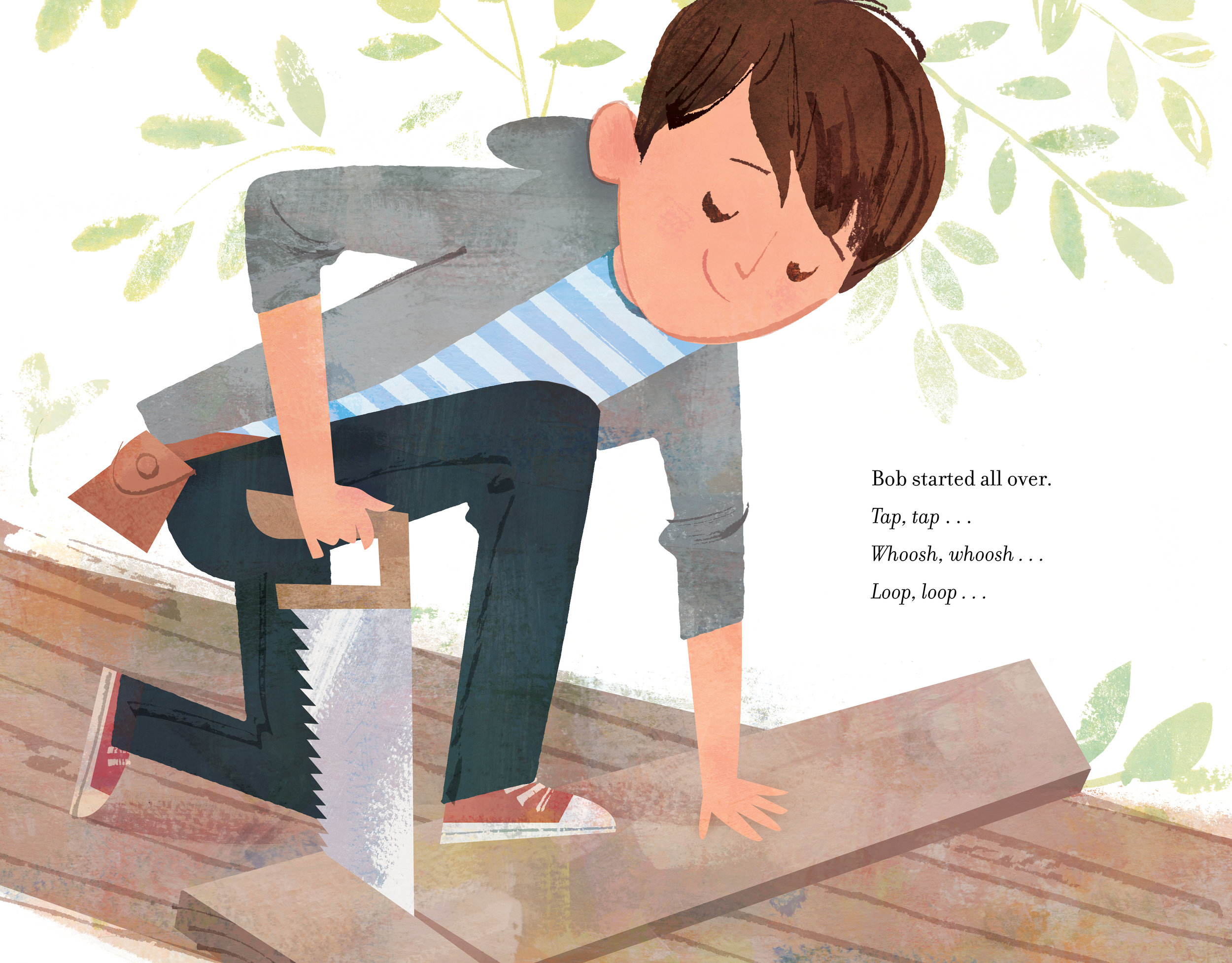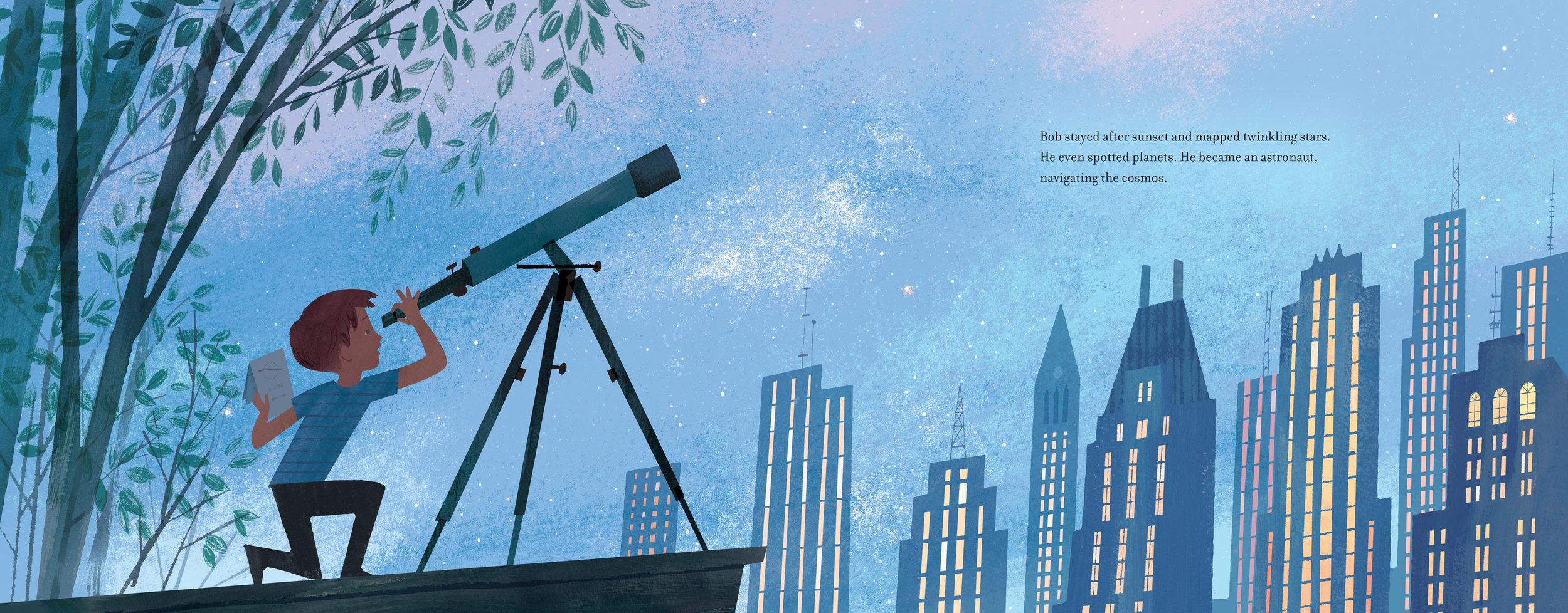The Great Lakes Our Freshwater Treasure
Written by Barb Rosenstock
Illustrations by Jamey Christoph
The Great Lakes—Huron, Ontario, Michigan, Erie, and Superior—are five blue jewels set a bit off center in a belt across North America’s middle. Bordered by eight states and part of Canada, the Lakes hold 21% of the world’s fresh water. How did these incredible lakes get there? And what can we do to preserve such a treasure?
Follow along as a drop of water in this enormous system and uncover its dramatic journey from lake to rive to lake, over Niagara Falls to lake and river again, and finally into the Atlantic Ocean.
–Penguin Random House
★ School Library Journal–
Gr 3-6–From the author of The Noisy Paint Box and Mornings with Monet comes a richly detailed picture book about the Great Lakes of North America. Readers will discover a wide range of facts about this region including how the lakes were formed, the enormous amount of freshwater contained within them, and the need to conserve this vital natural resource. Rosenstock has done extensive research to include interesting facts: “If the Great Lakes ever spilled over the land, everyone in North America would be swimming in water five feet deep.” Readers young and old will learn something new and be inspired to protect these precious resources. Christoph’s full-page watercolor paintings provide a soft, artistic depiction of this part of the world. VERDICT While its setting is in North America, this is a valuable resource, especially for libraries supporting water conservation and sustainability curriculum units. A stunning addition to all collections.–Heidi Dechief
★ Booklist–
Vast spans of time and complex processes are condensed here into an accessible and absorbing story of how “five blue jewels set a bit off center in a belt across North America’s middle” were formed, became populated by wildlife, have struggled from environmental abuses, and have gotten help with rebounding, assistance that readers are encouraged to offer themselves. There are fascinating surprises, warmly related in second person: that the Great Lakes are the youngest major geological feature on Earth, for example, and that they are connected “like a single stair-stepped river.” This fact starts a journey on which “you,” as a drop of water, travel all the lakes and even tumble over Niagara Falls. The illustrations, maps and other water- and earth-toned drawings and watercolor paintings combined digitally, depict landscapes, close-ups of Great Lakes wildlife, child visitors, and environmental dangers that create an attractive, clear picture of the life of the lakes. Toward the book’s opening, small, sequential panels work well to show the development of these wonders over time. There aren't many books for children about the Great Lakes, and in addition to that fact, the closing details on the role of the lakes in Anishinaabe culture and a generous source list make this a must-buy for schools and public libraries. — Henrietta Verma

























































































